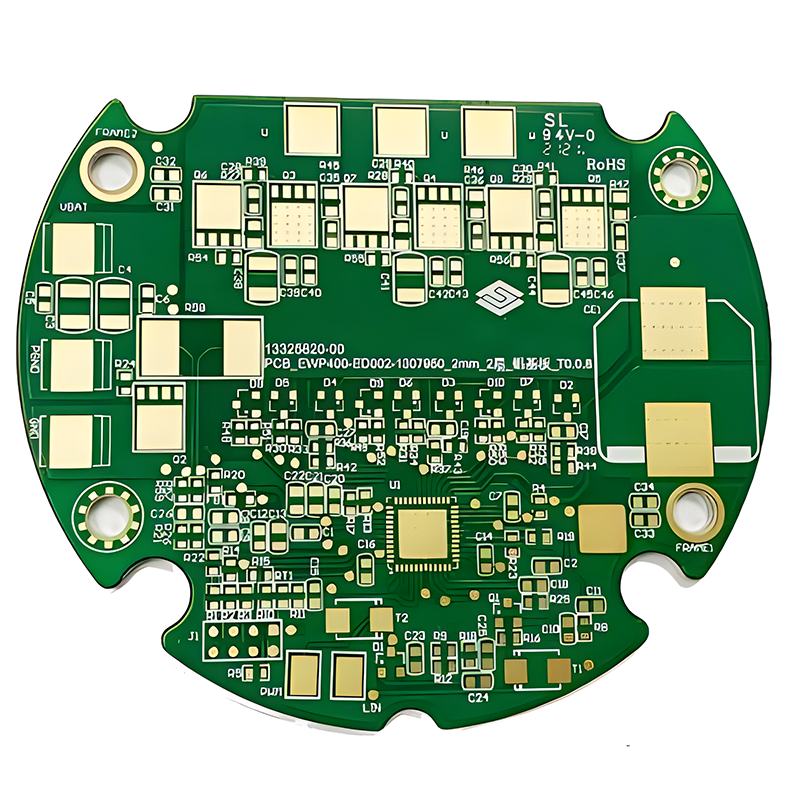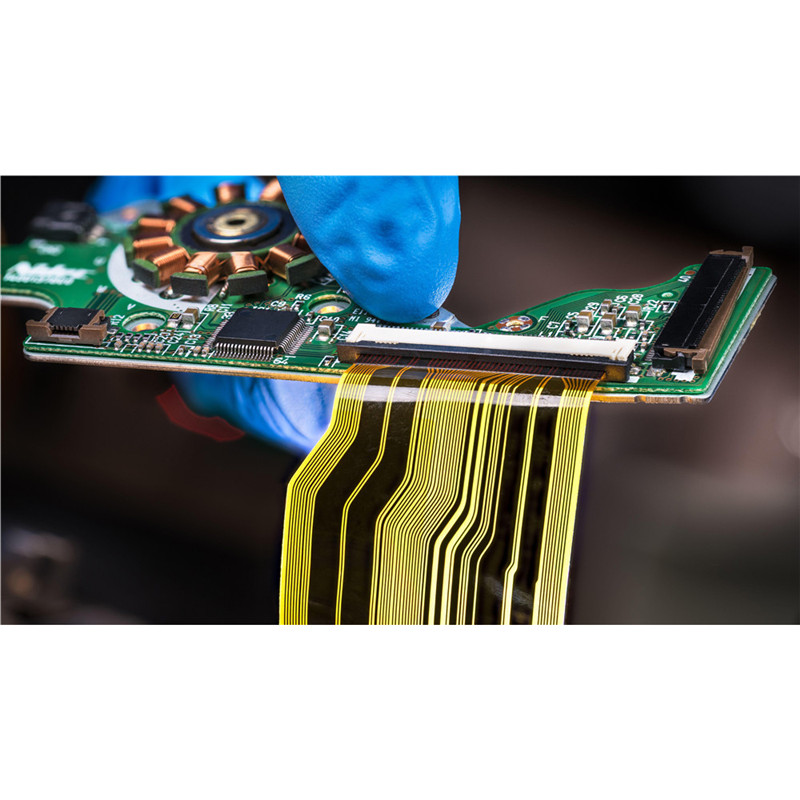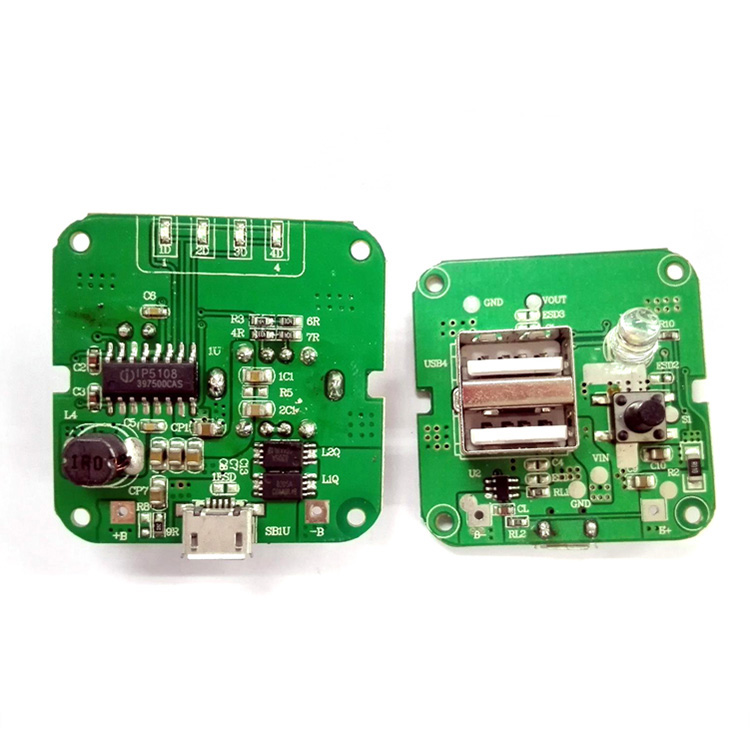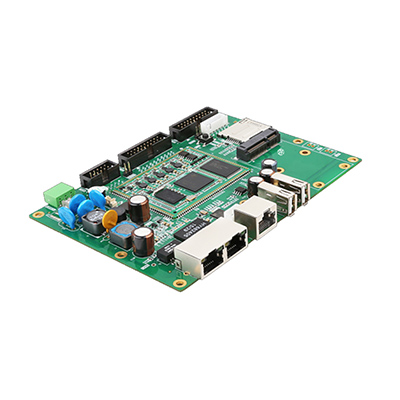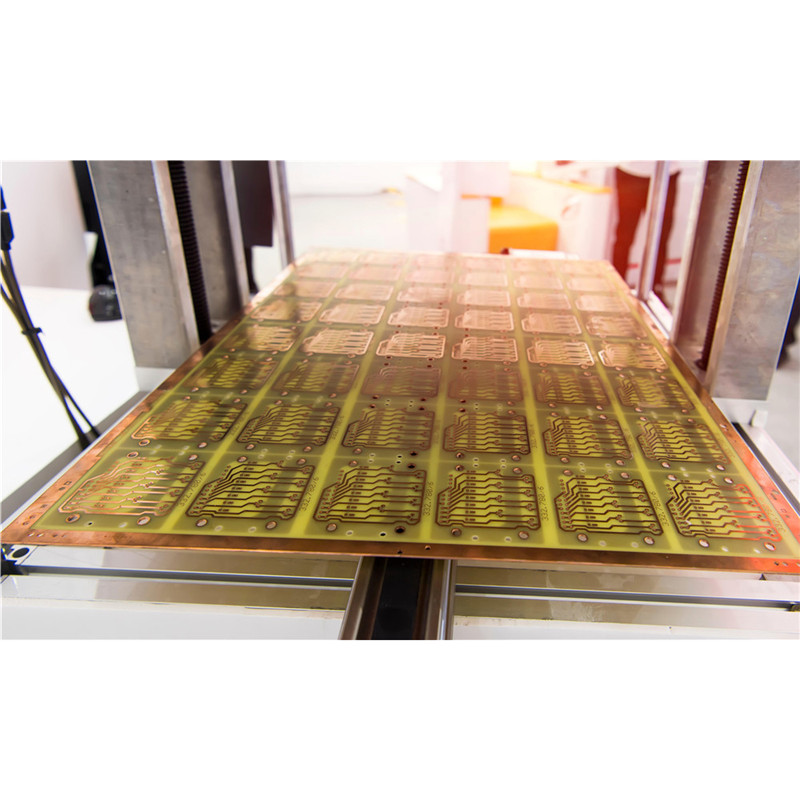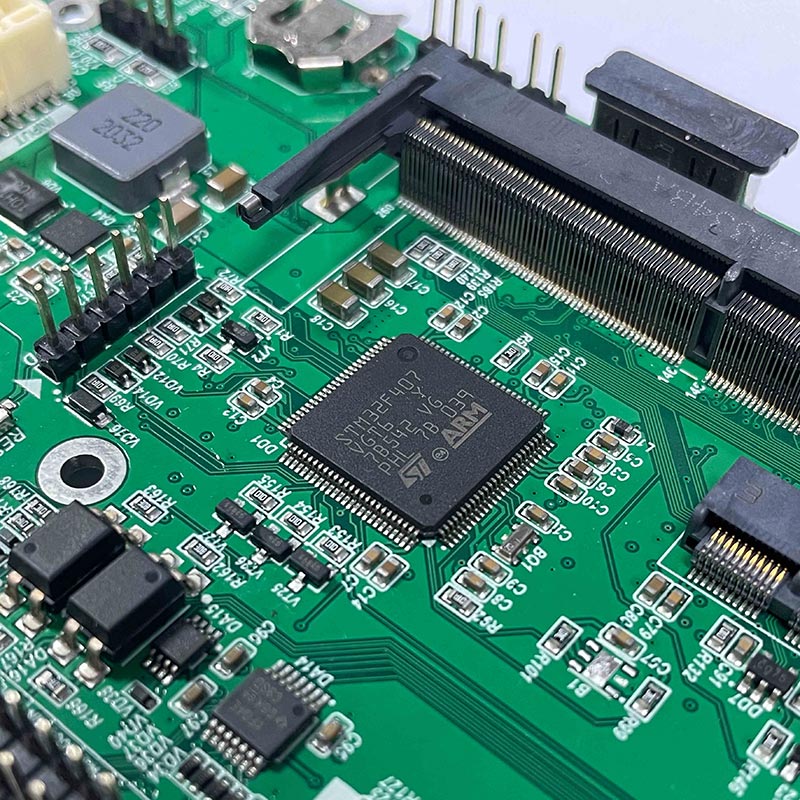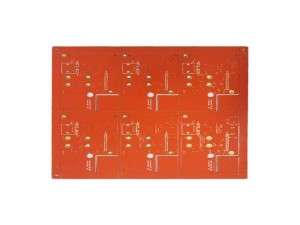HDI PCB
HDI PCB:
Features:
High-Density Interconnect Design: HDI PCB adopts a highly refined wiring design, allowing more components and connections to be accommodated on the circuit board, thus achieving a higher circuit density. This design enables HDI PCB to maintain a smaller size while having more powerful functions and higher performance.
Micro Size: HDI technology enables the circuit board to be more miniaturized, which is particularly important in today’s portable electronic devices such as smartphones, tablets, and wearable devices. The micro size not only reduces the overall volume of the device but also decreases its weight, improving portability.
Multi-layer Structure: HDI PCB usually contains multiple inner layers, which allow the circuit board to have more signal and power distribution layers, thus enhancing the overall performance of the circuit board. The multi-layer structure also enhances the stability and reliability of the circuit board.
High Performance: Due to the adoption of high-density interconnect design and multi-layer structure, HDI PCB excels in performance. It can support high-speed data transmission, high-frequency operation, and complex circuit layouts, meeting the needs of various high-performance electronic devices.
High Reliability: HDI PCB has good maintainability and anti-interference ability, making it outstanding in complex electronic systems and high-speed data transmission applications. In addition, its micro size and multi-layer structure also enhance the durability and reliability of the circuit board.
